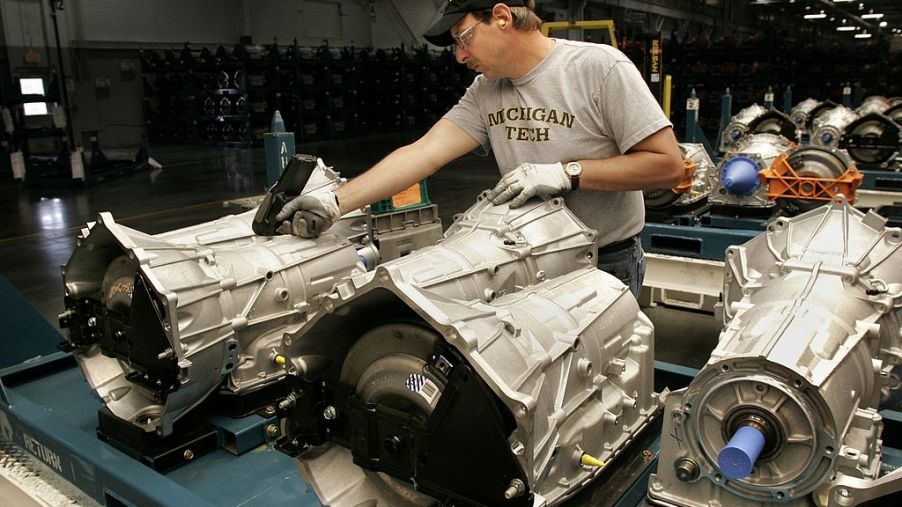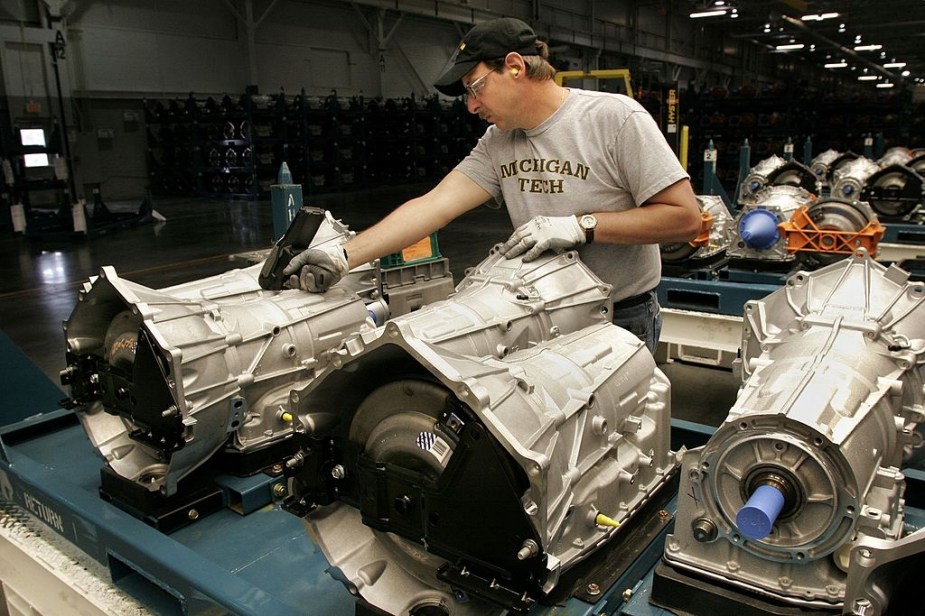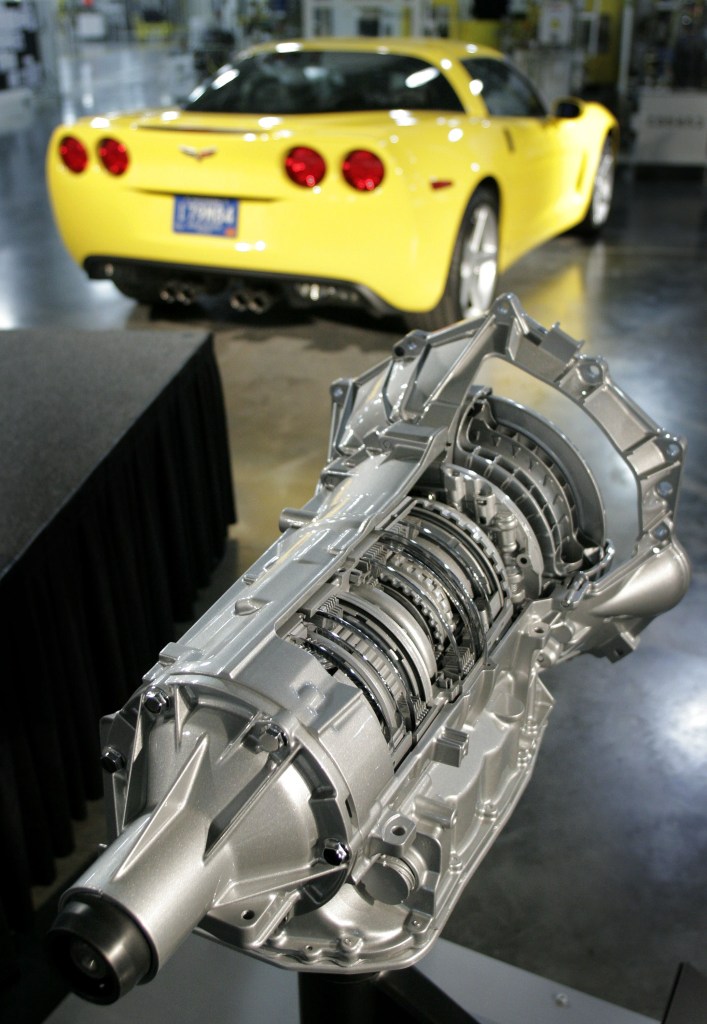
5 Common Transmission Problems Truck Owners Should Know About
Specific automatic transmissions can have problems specific to them. But there are general warning signs before one fails. Throughout this post, we’ll show links to specific models having certain transmission issues but in general, these are five common issues leading to a failed transmission.
Transmission that doesn’t shift to another gear

This can involve the transmission shifting into Neutral when you meant for it to shift to another gear. Or, it stays in the gear you’re in, or shifts into your selected gear only to revert back to the previous gear. In some instances, the transmission hesitates before clunking into the gear you’ve selected. Before you panic, make sure the transmission fluid is filled to the proper level.
This will probably entail a trip to a service department or oil change station. They’ll check your transmission’s pressure to determine if you need more fluid. It will also look for fine metal flecks in the fluid that could be a result of a band or gear metal-to-metal problems. If you still have a vehicle that has a transmission dipstick, then it’s easy to take a look.
Should the fluid on the dipstick not indicate full, or there is a metallic look to it, you may have begun to solve your transmission’s problem. This is the most common problem because it leads to overheating which breaks down the fluid and increases wear on all of the transmission’s components.
Automatic transmission grinding or shaking

Either a grinding noise, shuddering before it shifts into gear, or both, indicates a problem. Your transmission could need bands adjusted or replaced. The friction material on them can wear out over time. These link the transmission to selected gears. It can also mean that the solenoid packs need replacement. Solenoids turn on and off the flow of transmission fluid to key parts of the transmission. Damaged coil windings or wiring within the transmission can result in needing replacements.
Transmission slipping
This goes back to your transmission’s fluid levels. Worn clutch plates, bands, or solenoids can cause slipping. Most of these issues can be remedied with the transmission still in the car. But others require dropping the transmission.
Burning smell

Any or all of the above can result in you smelling something that is burned. That’s because the transmission fluid has been burned. If you are running your transmission without the proper fluid level, or have a leak that causes a low level, you may need to have your transmission fluid flushed. Burned transmission fluid breaks down and increases friction which leads to overheating. It can become corrosive to components, as well.
Automatic transmission strange noises
Buzzing, grinding, or humming noises can be a result of bad bearings, planetary gear damage, or some other internal problems. Or it can be as simple as low fluid. With that in mind, low fluid is something that can be the root cause of a string of issues. So it’s one thing every car owner must pay attention to.



